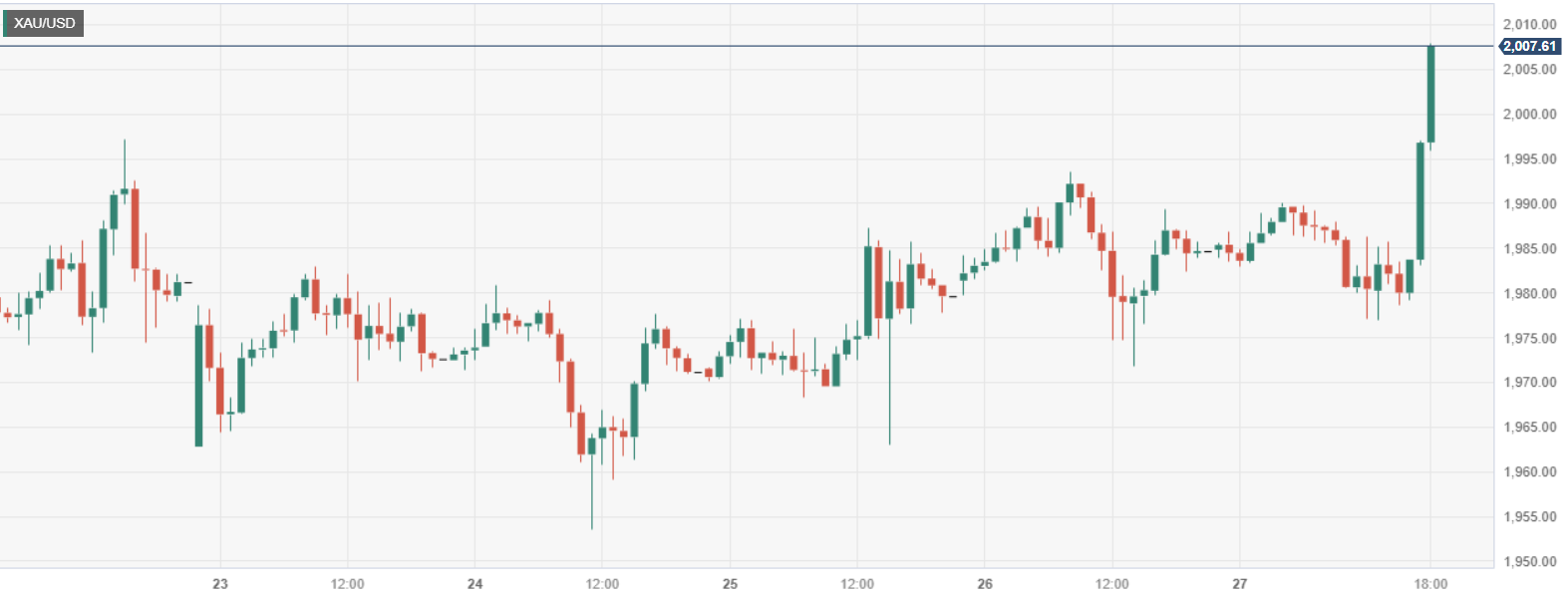Home prices finished the summer at another record high as home affordability tanks to a historical low.
The S&P CoreLogic Case-Shiller National Home Price Index increased 0.9% in August month over month and 2.6% annually on a seasonally adjusted basis. The index has risen for seven consecutive months and hit an all-time index high in August.
The index tracking existing home prices in the 20 largest US cities also gained 1.0% in August from July, exceeding the Bloomberg consensus estimate of 0.8%. The 20-city index rose 2.2% compared to last August.
August's home price increase demonstrates that underlying demand for housing is still outpacing supply even as it becomes more expensive to buy.
Read more: How to buy a house in 2023
"One measure of the strength of the housing market is the relationship of current prices to their historical levels," Craig J. Lazzara, managing director at S&P DJI, said in the press release. "On that dimension, it’s worth noting that the National Composite, the 10-City Composite, and seven individual cities (Atlanta, Boston, Charlotte, Chicago, Detroit, Miami, and New York) stand at their all-time highs."
"On a year-to-date basis, the National Composite has risen 5.8%, which is well above the median full calendar year increase in more than 35 years of data," he added.
Housing affordability at record low in August
For the fourth consecutive month, Chicago led the chart by reporting the highest year-over-year gains among the 20 cities in August with an annual price gain at 5%. New York and Detroit followed with growths of 4.98% and 4.8%, respectively.
"Observing the breadth of price changes provides insight into another dimension of market health," Lazzara said. "On a seasonally adjusted basis, prices increased in 19 of 20 cities in August (and Cleveland only missed by a whisker); before seasonal adjustments, prices rose in 13 cities."
The re-acceleration in home prices late this summer — coupled with higher mortgage rates — pushed buyer affordability to a new low, according to the National Association of Realtors.
Read more: Mortgage rates at 20-year high: Is 2023 a good time to buy a house?
The NAR affordability index dropped to 91.7 in August from 93.9 a month prior and 110.5 a year ago. That was the lowest point on records dating back to 1989.
Any value below 100 means the typical family cannot afford a median-priced home. The affordability index measures the typical family's ability to pay up to 25% of their qualifying income on a median-priced home mortgage with a 20% down payment.
"The year’s increase in mortgage rates has surely suppressed housing demand, but after years of very low rates, it seems to have suppressed supply even more," Lazzara said. "Unless higher rates or other events lead to general economic weakness, the breadth and strength of this month’s report are consistent with an optimistic view of future results.”
On a national level, the average mortgage payment rose 26.2%, or $464, in the last 12 months to $2,234 in August and 2.9%, or $63, from July, the NAR report found.
The majority of the sharp increases in affordability can be attributed to rising interest rates — with the average mortgage rate jumping to 7.15% in August from 5.29% last year. Not only do higher mortgage rates directly push up the mortgage payment, but they indirectly are driving up home prices. Potential sellers are not putting their home on the market because they don’t want to give up their current low rate on their mortgage and take on a new home loan with a much higher rate. That’s causing a supply chokehold in the market.
"Despite a drop in buyer activity, low for-sale inventory kept competition fierce in many areas, which propped up home prices," Hannah Jones, senior economic research analyst at Realtor.com, said in a press release.
This may not be the end of record prices. For instance, CoreLogic expects home prices to grow 0.2% in September from August. The firm also expects next year to post price acceleration, predicting prices will increase on a year-over-year basis by 3.4% from August 2023 to August 2024.
"While continued mortgage rate increases challenge affordability across US housing markets, home price growth is in line with typical seasonal averages, reflecting strong demand bolstered by a healthy labor market, strong wage growth, and supporting demographic trends," Selma Hepp, chief economist for CoreLogic, said.
Mortgage rates will continue to play a major role in where prices will go next.
So far, the average rate on the 30-year mortgage has progressively risen closer to 8% in recent weeks, following the yield on the 10-year Treasury, which momentarily surpassed 5% a week ago for the first time in 16 years.
Although rates are expected to stay "higher for longer" based on the Federal Reserve’s recent messaging, there are too many variables that could impact the economy over the next few months to forecast for sure.
Read more: What the Fed rate-hike pause means for mortgage rates and loans
"When you start to throw in things like fighting inflation, when you start to throw in things like a non- balancing your budget and a government shutdown, there's so many moving pieces right now that there's instability in the markets," Nathaniel Bittman, a mortgage professional and president of the Florida Association of Mortgage Professionals, told Yahoo Finance. "So there's no telling where [rates are] going to go."
The same could be said for home prices.
Rebecca Chen is a reporter for Yahoo Finance and previously worked as an investment tax certified public accountant (CPA).
from "price" - Google News https://ift.tt/PS96At5
via IFTTT
















